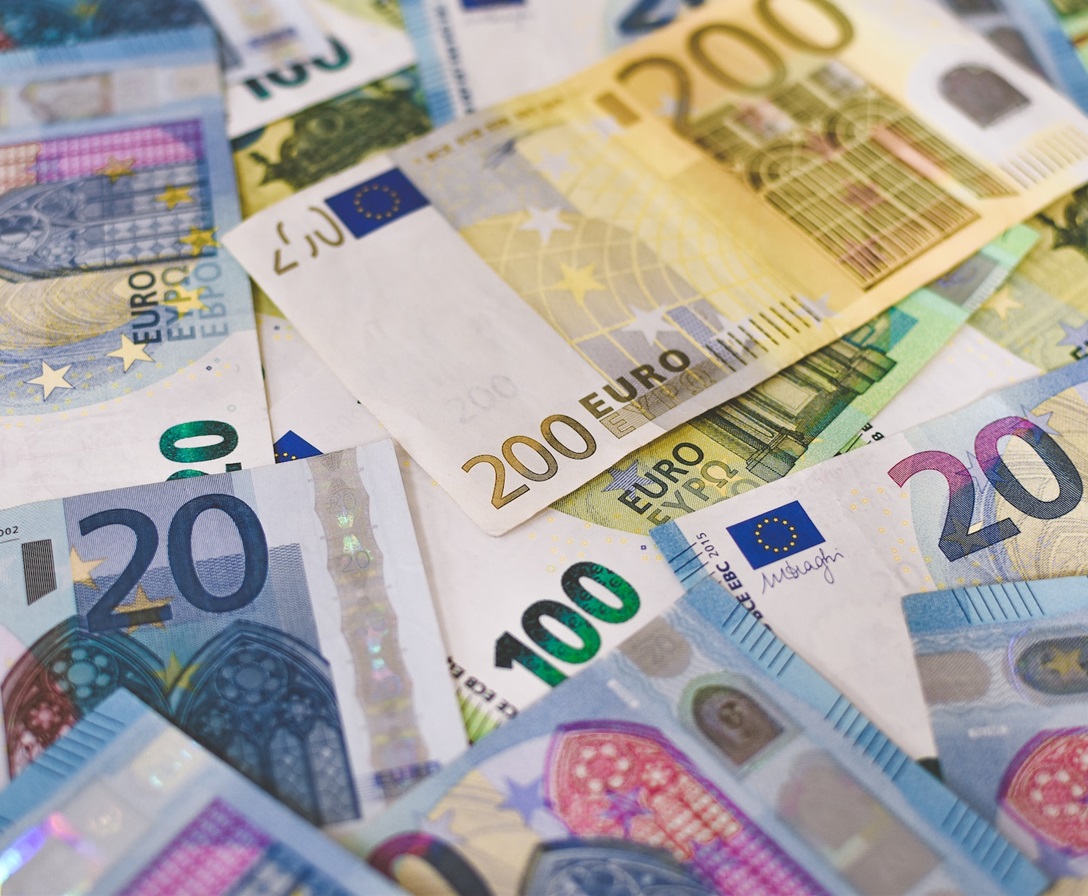Euro Currency Marks 25 Years of Life
KEY TAKEAWAYS
- The Euro currency has marked in 25th year of existence.
- About 350 million citizens use the Euro in 20 countries of the Eurozone.
- In 2022, the Euro had lost 16 per cent of its value against the dollar and was trading at the lowest since December 2002.
The European Union’s official currency – the euro – has marked its 25th year of life today, on January 1, 2024. It is estimated that currently about 350 million citizens use the Euro in 20 countries of the Eurozone.
Celebrating the Euro’s quarter century of life, a joint opinion has been published by the President of the European Council Charles Michel, President of the Eurogroup Paschal Donohoe, President of the European Central Bank Christine Lagarde, President of the European Parliament Roberta Metsola, and the President of the EU Commission Ursula von der Leyen.
In this opinion piece, the officials assert that the Euro has made life simpler for European citizens, and is today part of an indispensable part of their daily lives.
It has made life simpler for European citizens, who can easily compare prices, trade and travel. It has given us stability, protecting growth and jobs amid a series of crises. And issuing the world’s second most important currency has given us greater sovereignty in a turbulent world. So it is no surprise that the euro area has grown from 11 to 20 countries since its foundation.
Opinion piece by top EU Officials
The EU Heads have also pointed out that support for a single currency among euro-area citizens is close to record levels.
Currently, there are 20 EU and Schengen Area countries using the Euro as their official currency: Austria, Belgium, Croatia, Cyprus, Estonia, Finland, France, Germany, Greece, Ireland, Italy, Latvia, Lithuania, Luxembourg, Malta, Netherlands, Portugal, Slovakia, Slovenia, and Spain.
Andorra, Monaco, San Marino, and Vatican City also use the Euro based on monetary agreements with the EU. At the same time, Kosovo and Montenegro both have adopted the euro as their currency, in spite of not being part of the EU or the Schengen Zone yet.
The EU member states which have not yet joined the Eurozone are Bulgaria, Czechia, Denmark, Hungary, Poland, Romania, and Sweden.
The Euro’s 25th year of existence has not been the ideal one, as the currency marked its lowest trade levels this year near $1.05, down by three per cent compared to the American dollar in the third quarter of 2023.
Back in 2022, the Euro had lost 16 per cent of its value against the dollar and was trading at the lowest since December 2002. Experts assert that one of the reasons behind the Euro’s vulnerability in recent years is also the rising oil prices.

